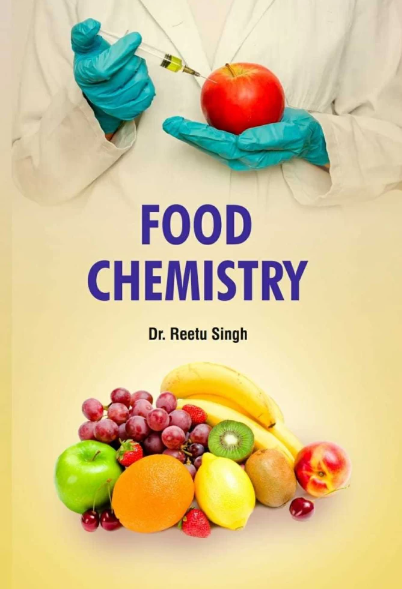无糖绿茶饮料在实际储存过程中的风味演变:来自多组学分析的见解
IF 8.5
1区 农林科学
Q1 CHEMISTRY, APPLIED
引用次数: 0
摘要
无糖绿茶饮料在实际储存过程中的风味演变对质量控制至关重要,但目前尚不清楚。与以往通过加速保质期测试进行的研究不同,本研究通过整合代谢组学和感觉组学的多组学方法研究了自然储存USGTB(0-7 个月)的感觉化学变化。结果表明,5个月是风味保存的关键点。与新鲜度指标(抗坏血酸和其他抗氧化剂)相比,EC-EGCG二聚体成为一种新的衰老标志物。原儿茶酸和2-呋辛酸具有多种风味(黄、甜、涩),而l -酒石酸和苹果酸具有增强酸味的作用。同时,(E)-β-离子酮的减少和水杨酸甲酯的积累导致了香气的恶化。从机制上讲,抗坏血酸、儿茶素和新鲜香气相关的挥发性物质的氧化、类黄酮的糖基化和低聚糖的水解共同推动了颜色变暗、涩味增强、甜味增强和蒸煮风味的发展。这些发现为USGTB在实际保质期内提供了有针对性的质量控制点。本文章由计算机程序翻译,如有差异,请以英文原文为准。


Flavor evolution of unsweetened green tea beverage during actual storage: Insights from multi-omics analysis
The flavor evolution of unsweetened green tea beverage (USGTB) under actual storage is critical for quality control yet remains unclear. Unlike previous studies conducted by accelerated shelf-life testing, this research investigated sensory-chemical changes in naturally stored USGTB (0–7 months) through multi-omics integrating metabolomics and sensomics. Results identified the 5-month as a critical point for flavor preservation. The EC-EGCG dimer emerged as a novel aging marker, contrasting with freshness indicators (ascorbic acid and other antioxidants). Protocatechuic acid and 2-furoic acid served as multi-flavor contributors (yellowish, sweetness and astringency), whereas L-tartaric acid and malic acid enhanced sourness. Concurrently, aroma deterioration was driven by the diminished (E)-β-ionone and accumulated methyl salicylate. Mechanistically, oxidations of ascorbic acid, catechins, and fresh aroma-related volatiles, flavonoid glycosylation, and oligosaccharides hydrolysis collectively drove color darkening, astringency enhancement, sweetness intensification, and cooked-off flavor development. These findings provided targeted quality control points for USGTB during actual shelf-life.
求助全文
通过发布文献求助,成功后即可免费获取论文全文。
去求助
来源期刊

Food Chemistry
工程技术-食品科技
CiteScore
16.30
自引率
10.20%
发文量
3130
审稿时长
122 days
期刊介绍:
Food Chemistry publishes original research papers dealing with the advancement of the chemistry and biochemistry of foods or the analytical methods/ approach used. All papers should focus on the novelty of the research carried out.
 求助内容:
求助内容: 应助结果提醒方式:
应助结果提醒方式:


